leakinglight
Rough_Rock
- Joined
- May 28, 2019
- Messages
- 3
Hello,
I'm in the market to purchase a diamond. I narrowed it down to one that has excellent cut proportions:
GIA Triple EX (though reading the forum, AGS is better for Cut)
Table Size: 56 %
Crown Angle: 34.5%
Pavilion Angle: 40.8%
Crown Height: 15.0%
Star Facet: 55%
Lower Girdle: 75%
Depth: 61.6%
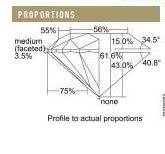
Yet, when looking at the Ideal Scope images for this diamond, I'm met with this:
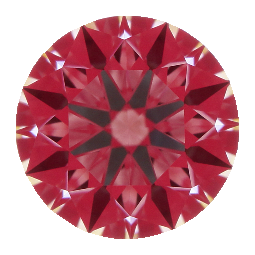
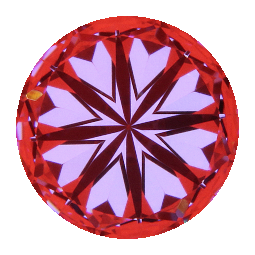
Am I crazy in believing that numbers are the only thing that matter? In every article and guide, these numbers seem to point to an ideal cut. Could it be this vendor does not provide good images and this is why there is "light leakages" under the table?
Please help a math person out!
I'm in the market to purchase a diamond. I narrowed it down to one that has excellent cut proportions:
GIA Triple EX (though reading the forum, AGS is better for Cut)
Table Size: 56 %
Crown Angle: 34.5%
Pavilion Angle: 40.8%
Crown Height: 15.0%
Star Facet: 55%
Lower Girdle: 75%
Depth: 61.6%

Yet, when looking at the Ideal Scope images for this diamond, I'm met with this:


Am I crazy in believing that numbers are the only thing that matter? In every article and guide, these numbers seem to point to an ideal cut. Could it be this vendor does not provide good images and this is why there is "light leakages" under the table?
Please help a math person out!
Last edited:

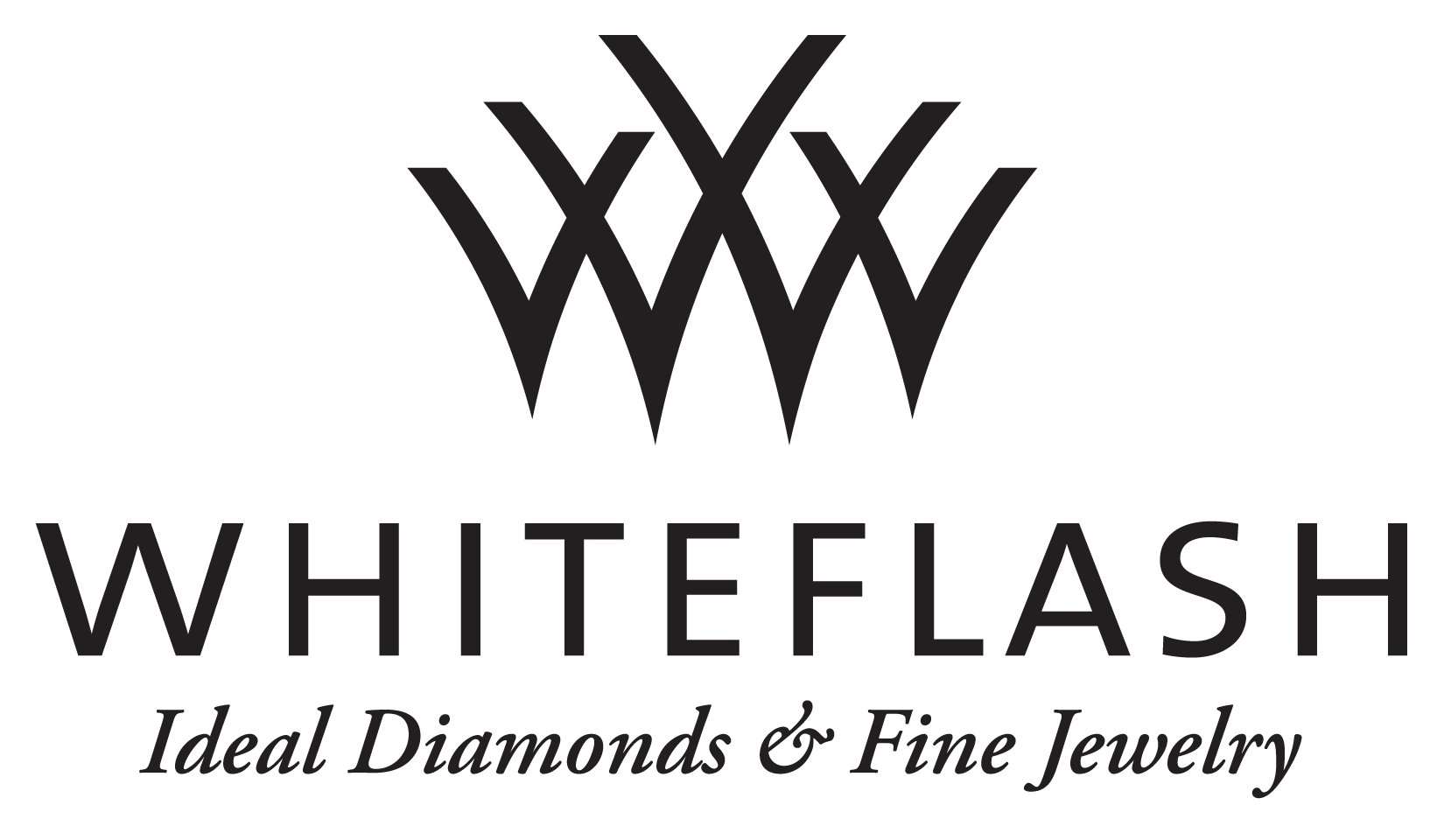
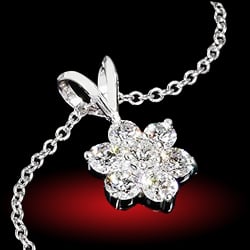
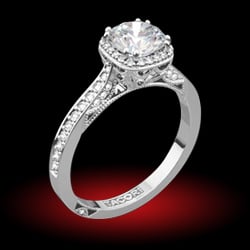
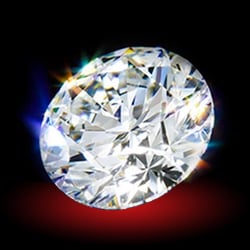
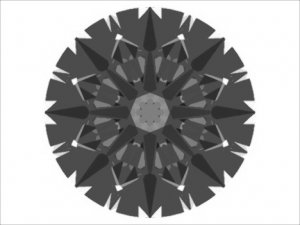


300x240.png)